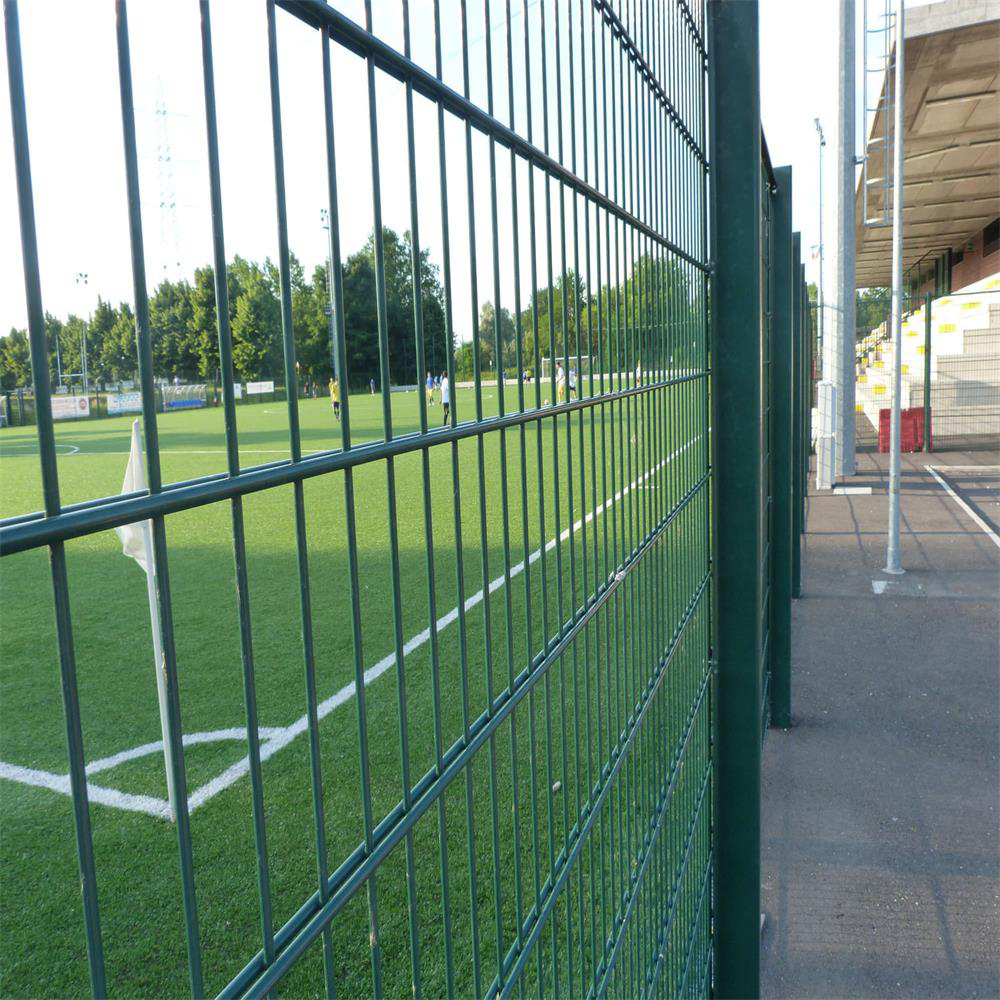In recent years, flexographic printing has developed rapidly around the world and is considered to be “the best and most promising printing method on the planet†in developed countries in Europe and America. The main application fields of environment-friendly water-based inks are flexo printing and gravure printing. Most of the products of these two printing methods are packaging products, of which food packaging, tobacco and wine packaging, and children's toy packaging occupy a considerable proportion. U.S. 95% of flexographic prints and 80% of gravure prints use aqueous inks. Flexographic printing is still in its infancy in China and currently accounts for only about 3% of the printing industry. In flexo package printing, most manufacturers at home and abroad use water-based ink printing. At present, 40% of U.S. plastic film printing uses water-based ink. Other developed countries, such as Japan, Germany, France, etc., are also increasingly using water-based inks in plastic film printing. The United Kingdom also enacted laws in June 2003 prohibiting the use of solvent-based inks to print food packaging films.
With the rapid development of our country’s economy, people’s awareness of packaging aesthetics and environmental awareness have continued to increase. From 1995 to the end of 1998, China has introduced more than 130 modular flexo production lines in just a few years. It is distributed in more than 20 provinces and cities across the country, of which 90% is a narrow flexo press. At present, there are nearly 200 narrow-width flexographic printing production lines in China; now they are increasing at an annual rate of about 30, and there are also many imported high-end three-color and four-color water-based ink printing and slotting machines for corrugated paper color printing.
China has an average of more than 1,000 large and small carton factories in each province. If 10% of water-based inks are used to print high-grade cartons, each domestic ink is calculated at 10 tons. Each province needs about 1,000 tons of water-based ink each year. This does not include inks used in other printing and packaging products for flexo and gravure printing (currently, 100% of domestic flexographic printing uses water-based ink, and 80% of gravure printing uses water-based ink). It is imperative to vigorously develop, develop and produce high-grade water-based inks. The product can be widely used in gold and silver cardboard, coated paper, whiteboard, plastic film, corrugated paper, self-adhesive paper, carton, paper packaging, books and magazines. Etc. Flexo and gravure printing fields.
Although flexographic printing is still in its infancy in China, it currently accounts for only about 3% of the printing industry. However, with the increasing popularity of environmentally-friendly packaging, many tobacco companies, wineries, pharmaceutical companies, cosmetics factories, and children's toy companies are The use of flexographic printing products is planned, and the proportion of flexo printing in the printing field will gradually increase, especially in the field of packaging and printing. It is estimated that by 2010, the flexographic printing market will reach a share of about 15%, and annual demand for water-based ink will be more than 100,000 tons.
Source: 21st Century Fine Chemicals Network
Double Horizontal Wire Fencing is a robust form of fencing now often used in and around schools,colleges and commercial properties.It is usually galvanized and powder coated,the standard colors being green or black but can be powder coated in any color.Double Horizontal Wire Fence has the features of grid structure, beauty and practical, landscaping. In addition, Because of the double wire fencing features of easy transportation and installing without the limitations of special terrain. It is adjust to mountain, hillside and winding zones.

Double Horizontal Wire Fence,Horizontal Wire Fence,Galvanized Wire Fence,Welded Security Wire Fence
Hebei Giant Metal Technology Co., Ltd. , https://www.hebeigiantmetal.com